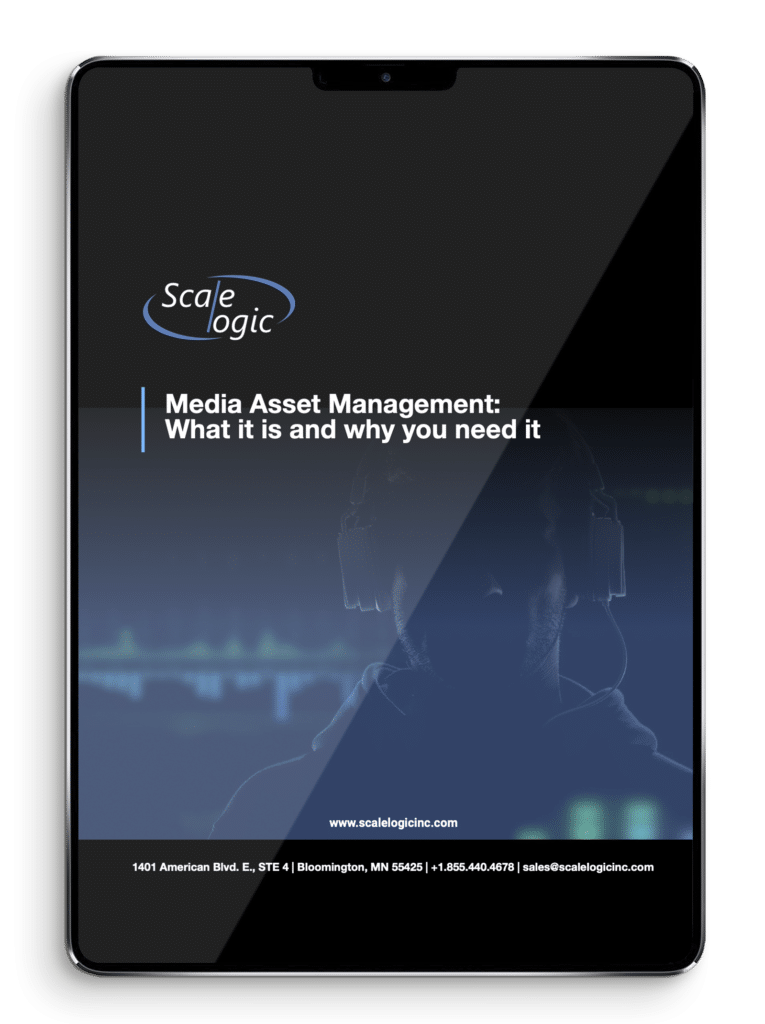Now, imagine the chaos if each artist worked out of their own directory of files on local storage instead of an organized shared storage system—it would be a logistical nightmare with duplicate media, version mix-ups, time lost to file exchanges, and constant file organization challenges. Work at the scale and complexity of Game of Thrones would be impossible.
With increasingly complex workflows, higher resolutions and bitrates, larger file sizes and higher-quality delivery requirements, high-performance shared storage has become integral to many workflows in the media and entertainment industry. But capacious, blazingly fast storage is only part of the equation. Without an efficient system to manage the flood of digital assets generated by modern productions, creatives like editors, compositors, animators, and other artists will struggle to maintain productivity.


